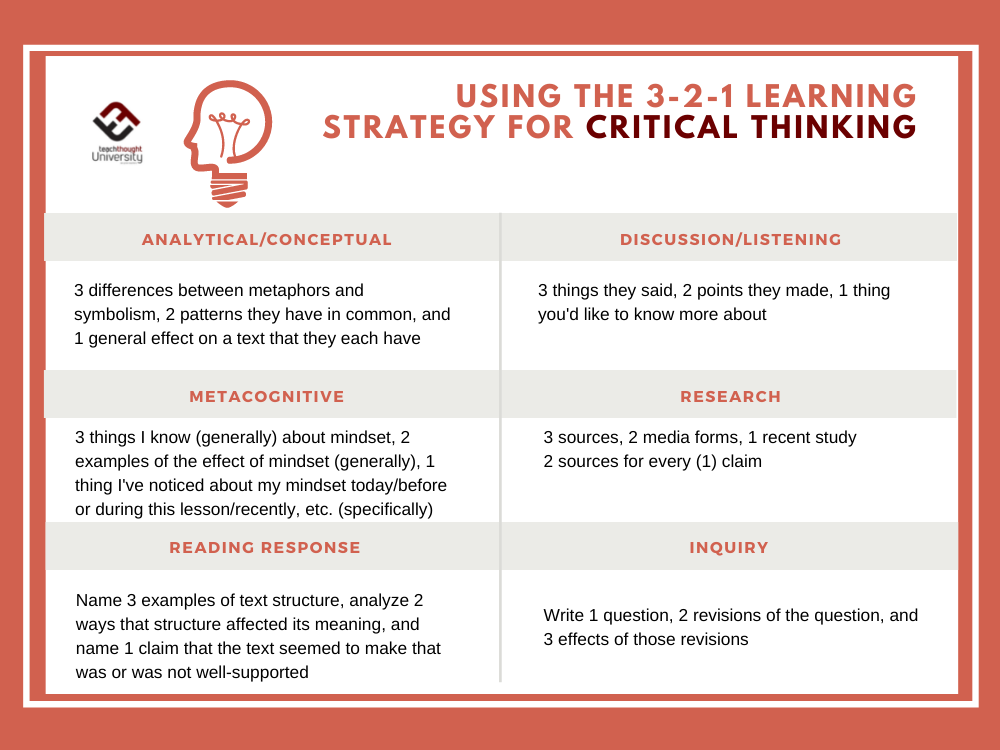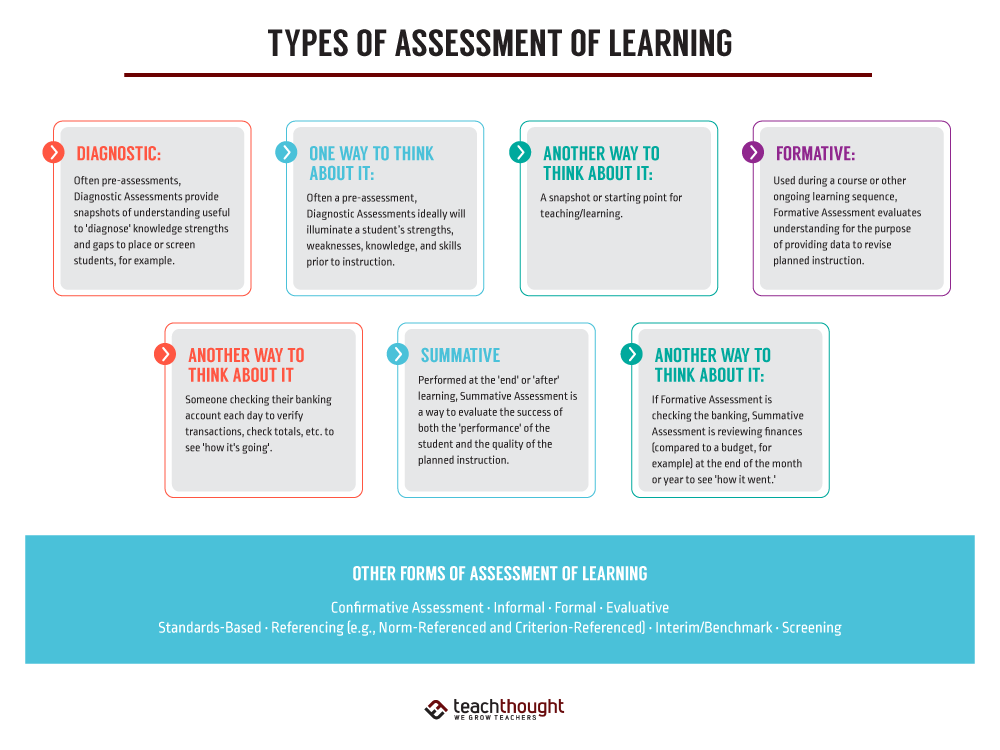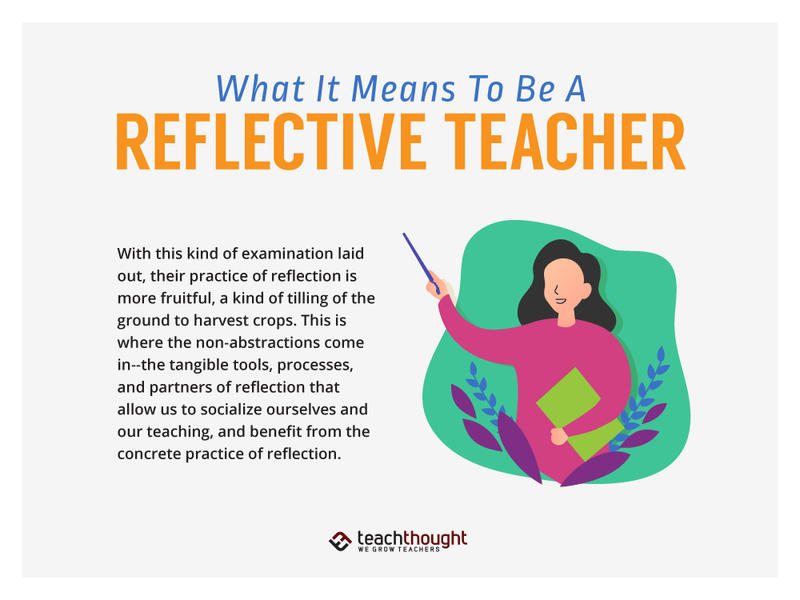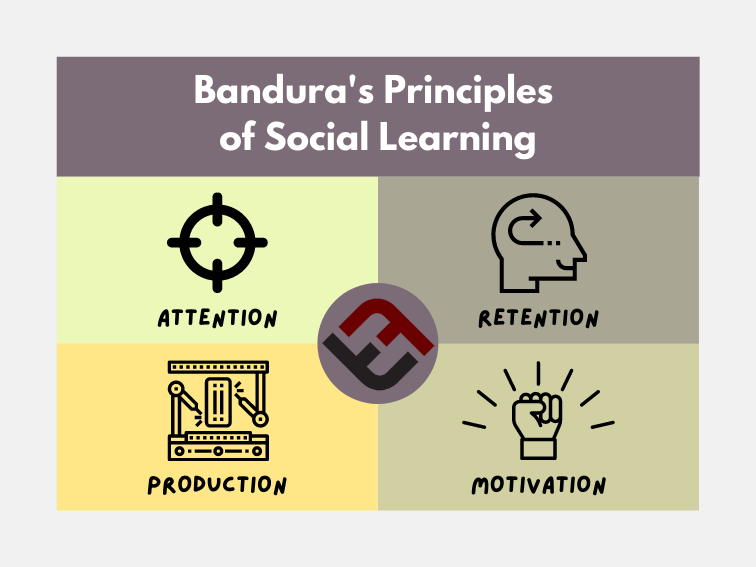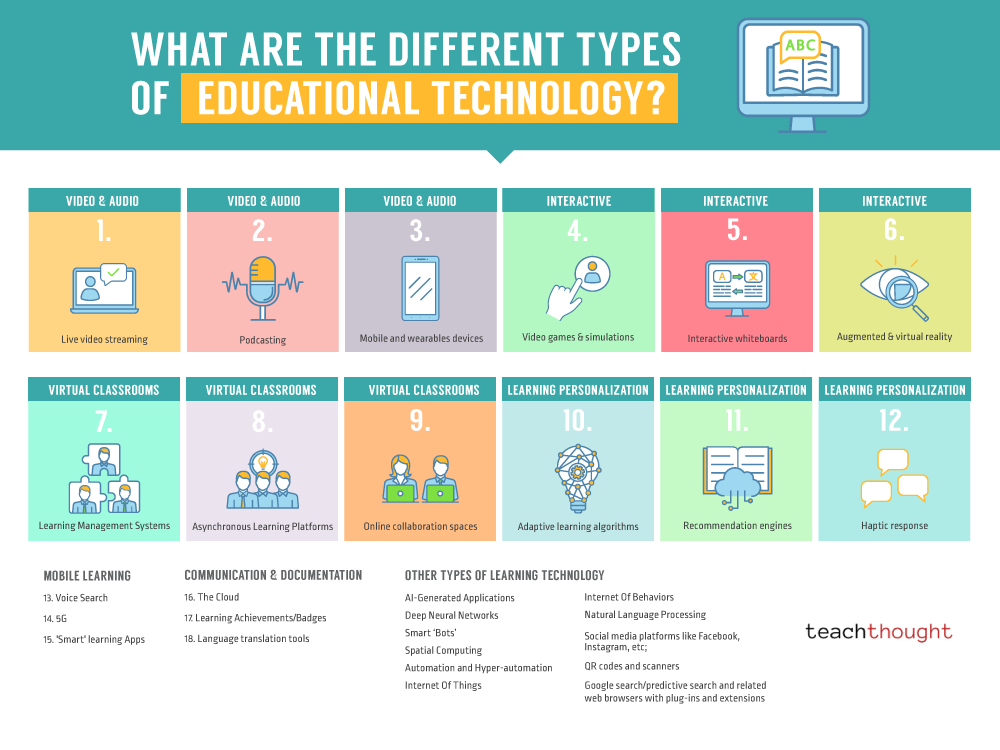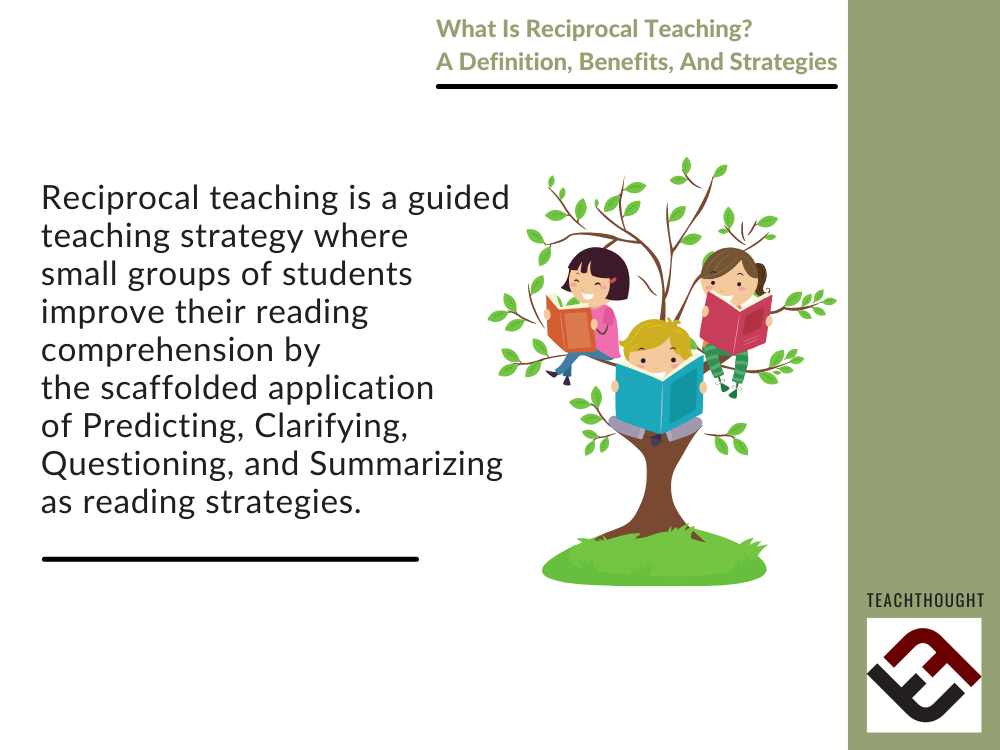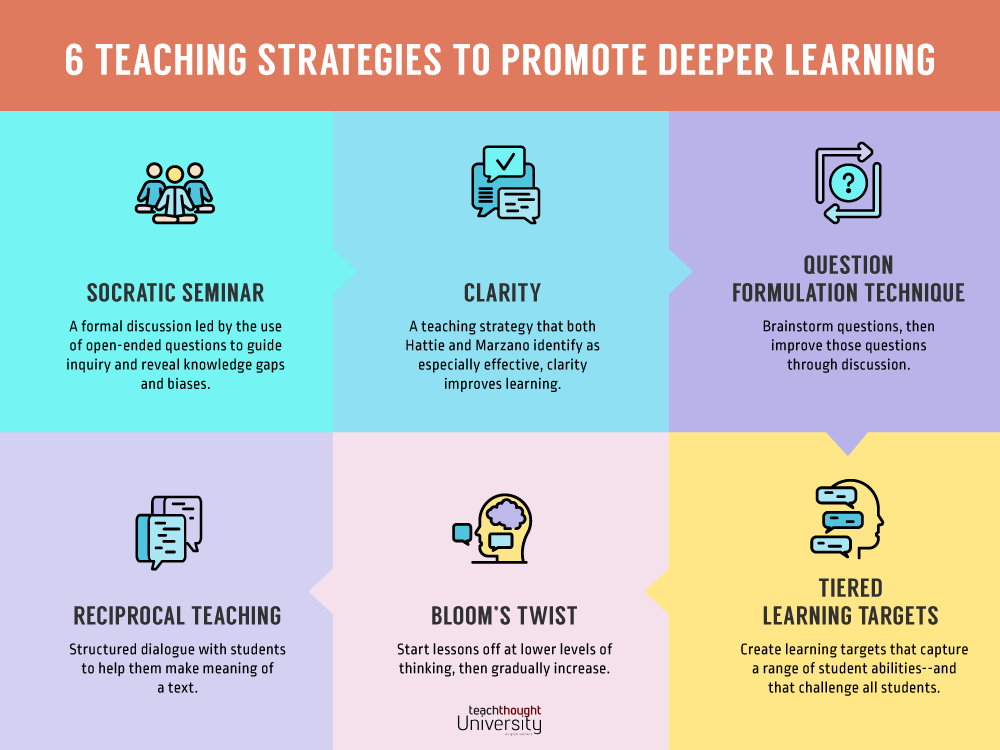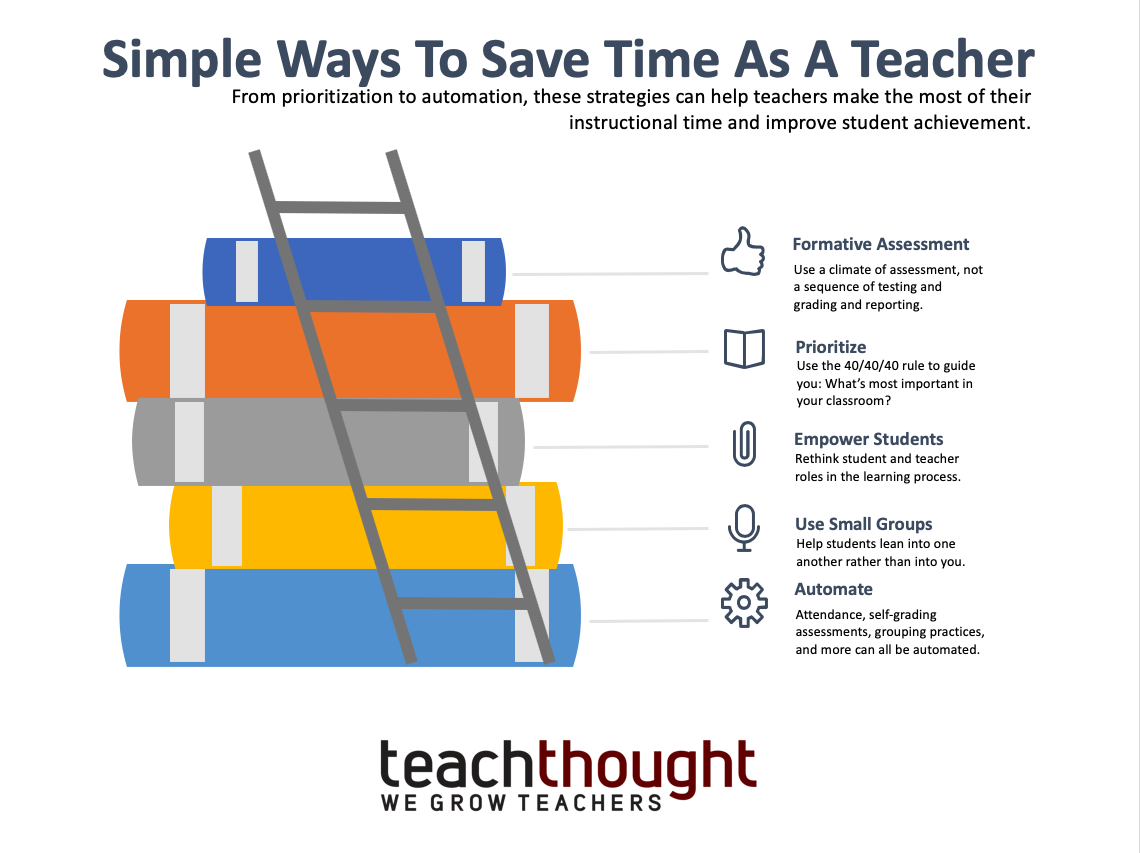Tag: Fundamentals
Using The 3-2-1 Learning Strategy For Critical Thinking
The 3-2-1 strategy is a simple way to frame a topic or task, making it useful for anything from discussion prompts to inquiry learning.
6 Types Of Assessment Of Learning
From formative and summative assessment to criterion-referenced and benchmark assessment, each type of assessment has a unique function.
What It Means To Be A Reflective Teacher
Reflection is a fundamental tenet of learning; and therefore, a fundamental part of teaching. Here’s what it means to be a reflective…
Bandura’s 4 Principles Of Social Learning Theory
Bandura’s Social Learning theory explained that children learn in social environments by observing and then imitating the behavior of others.
30 Examples Of Technology In Education
Examples of education tech include mobile devices, adaptive learning algorithms, the cloud, podcasting, and virtual reality.
Reciprocal Teaching: A Definition
Reciprocal teaching is a teacher-guided strategy where small groups of students play specific roles in the comprehension of a text.
6 Instructional Strategies That Challenge And Support Students
A teaching strategy is anything the teacher does to help students learn. From reciprocal teaching to clarity, here are 6 to get…
12 Ways For Teachers To Save Time In The…
Implementing the instructional process of formative assessment can actually maximize learning and help teachers save time in the classroom.
